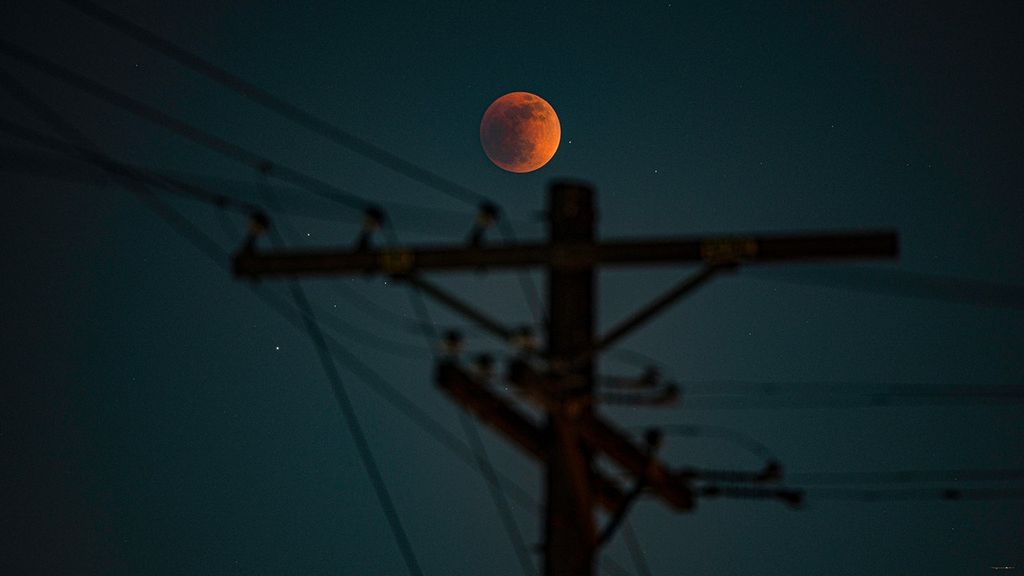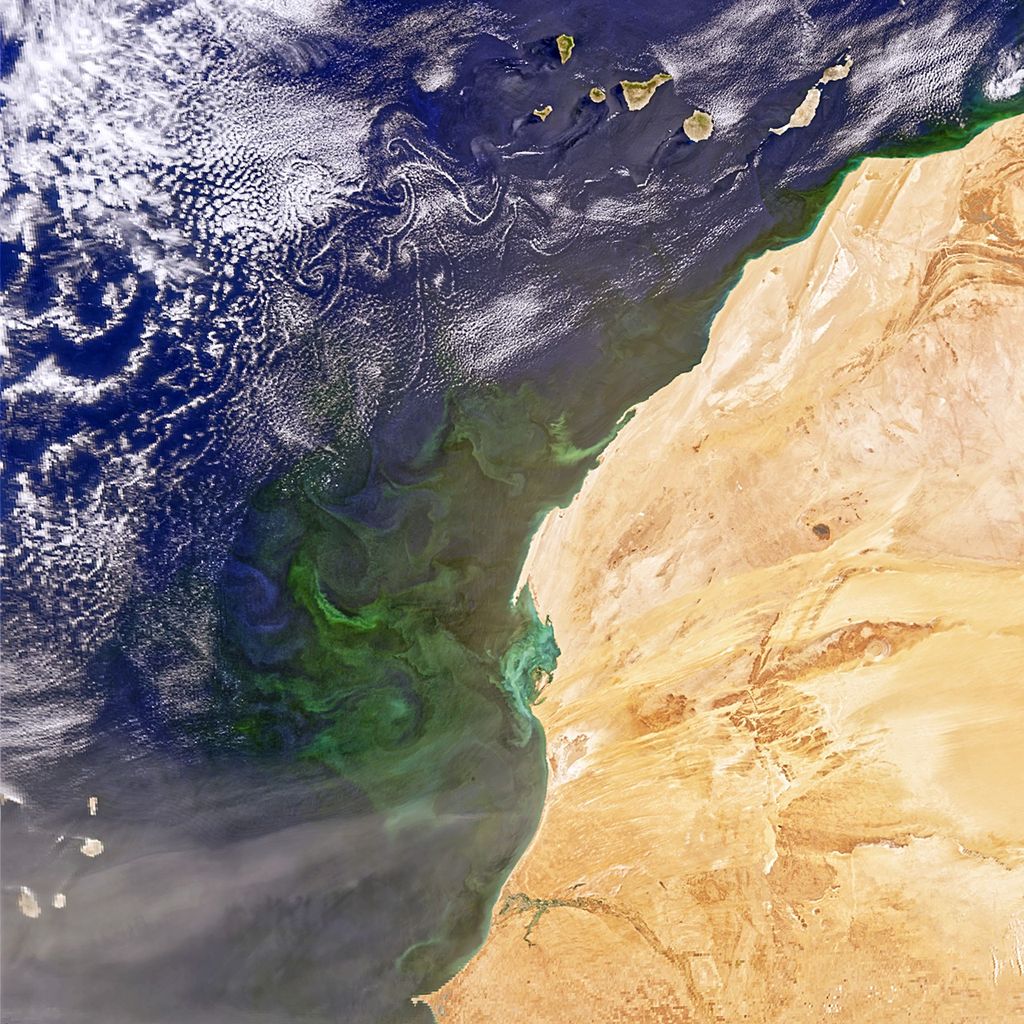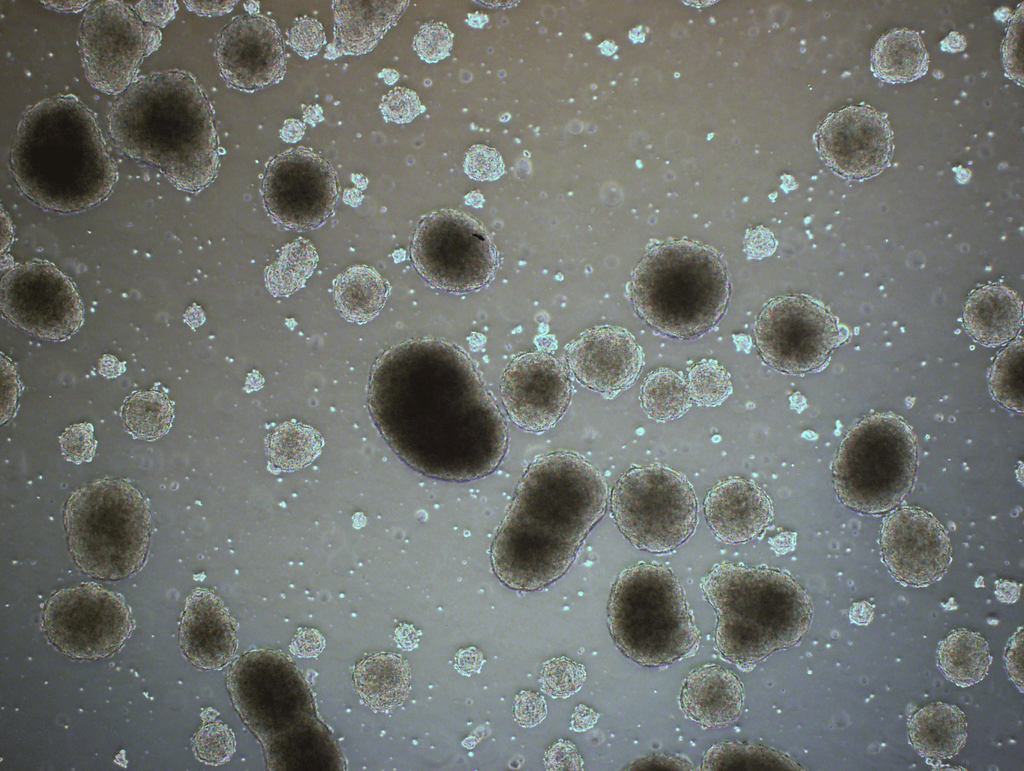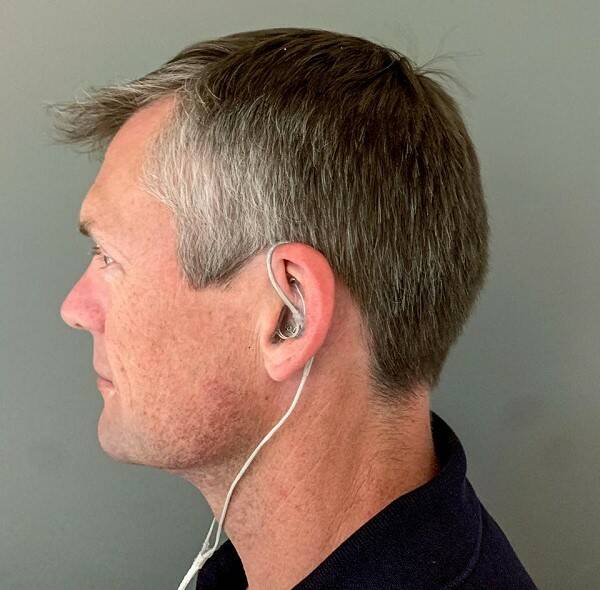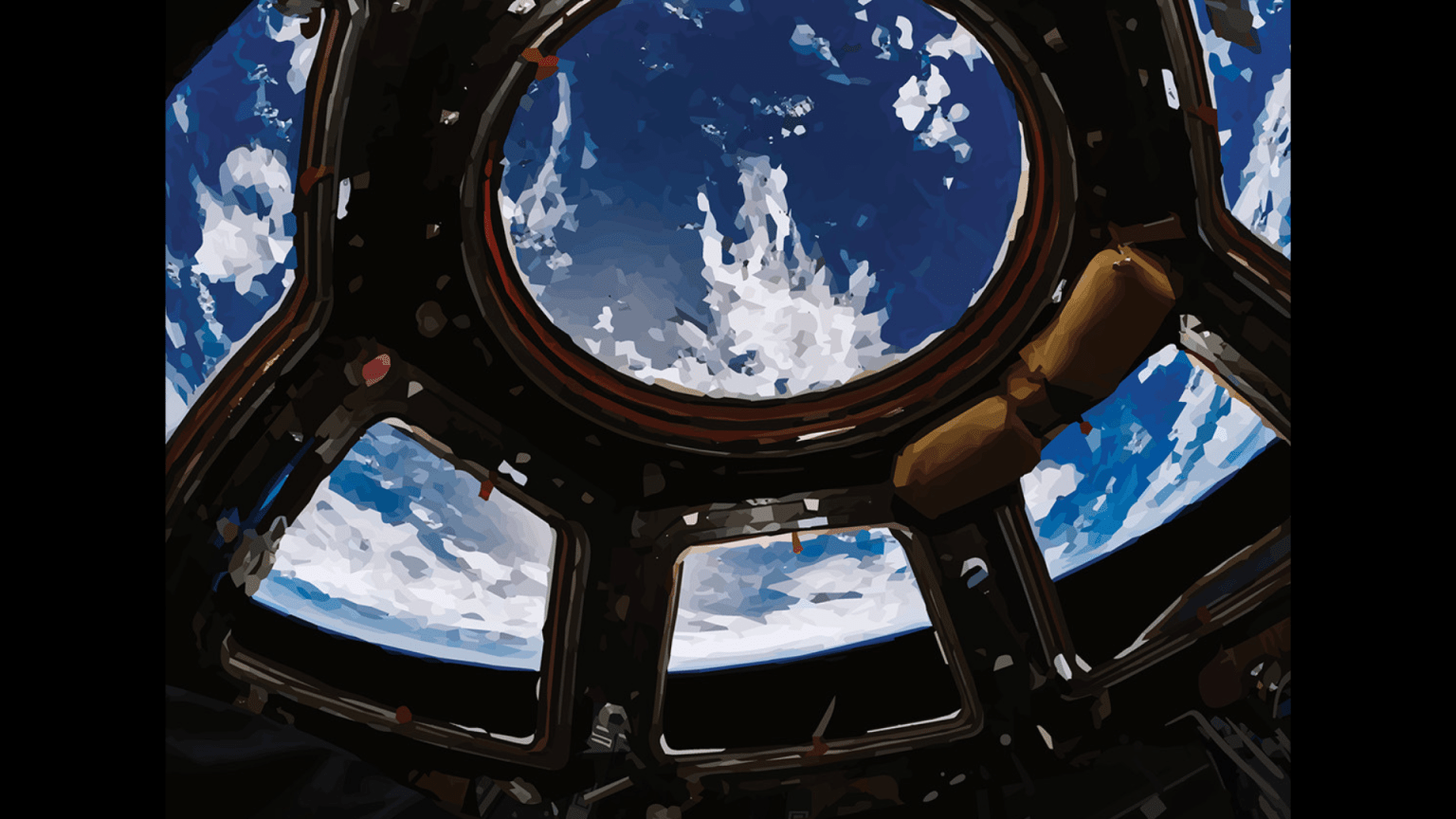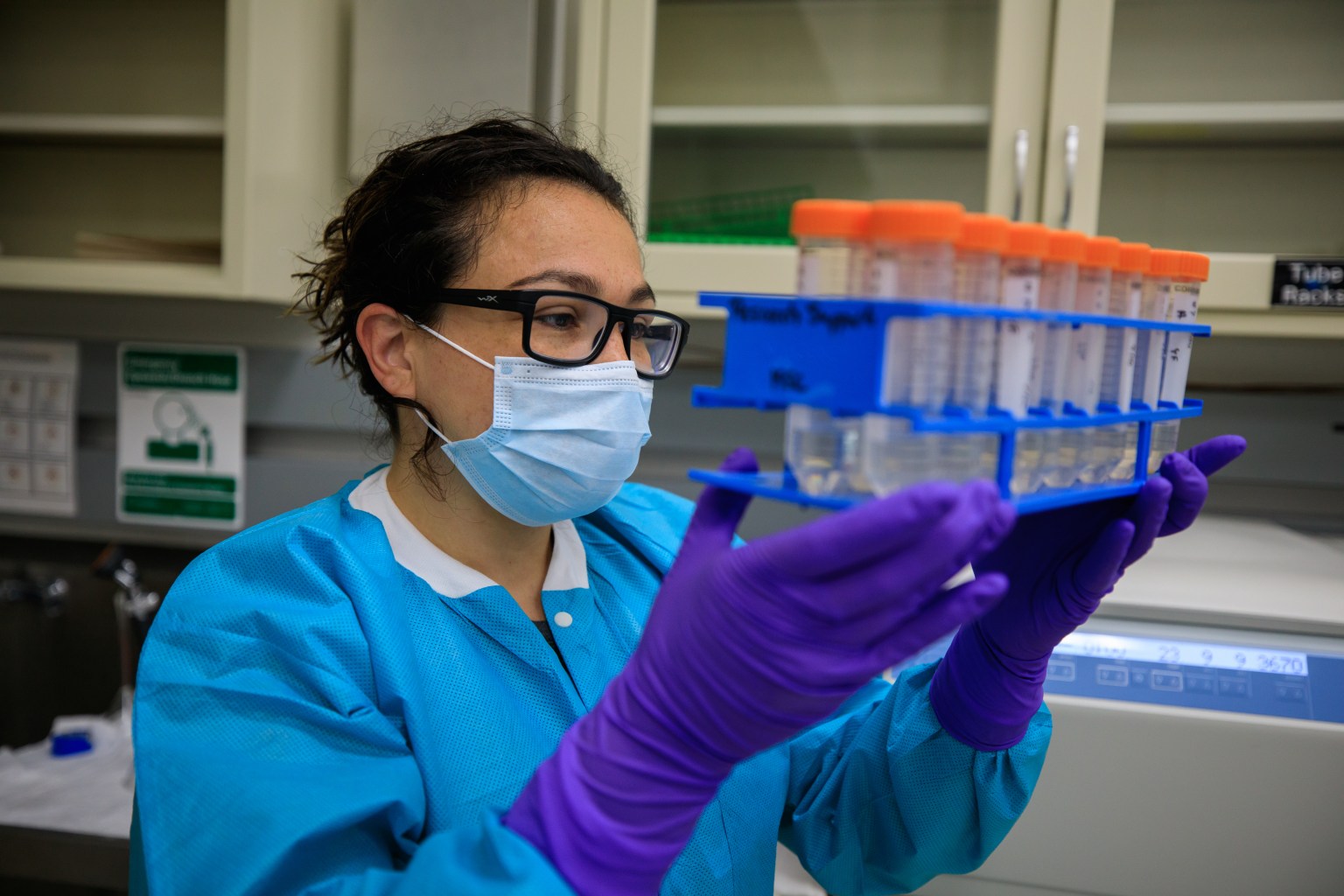NASA’s SpaceX Crew-7 mission is scheduled to launch to the International Space Station from Kennedy Space Center in Florida to conduct scientific investigations on the orbiting lab.
Crew-7 includes NASA astronaut Jasmin Moghbeli, ESA (European Space Agency) astronaut Andreas Mogensen, JAXA (Japan Aerospace Exploration Agency) astronaut Satoshi Furukawa, and Roscosmos cosmonaut Konstantin Borisov.
Here are details on some of the work scheduled during this mission:
Testing for Tiny Stowaways
Designers of spacecraft and spacesuits to support exploration of other planets need to consider the possibility that humans could carry microbes such as bacteria and fungi along with them on these missions. For the ISS External Microorganisms investigation, astronauts collect samples during a spacewalk to determine whether the space station releases microorganisms through life support system vents and, if so, how many and how far they may travel. Back on Earth, scientists plan to analyze DNA of the returned microorganisms to better understand their ability to survive and reproduce in space. The researchers also plan to create simulated environments to continue evaluating how these organisms may behave on the Moon and Mars.
Better Sleep in Space
Microgravity and artificial day-night cycles on the space station change the daily rhythm and sleep patterns of astronauts, which in turn can affect their health, well-being, and cognitive performance. Sleep in Orbit, an investigation from ESA, examines the physiological differences between sleep on Earth and in space. The stages of sleep are related to brain states and can be assessed based on the brain’s electrical signals. Sleep in Orbit uses an earbud electroencephalogram (EEG) device that measures the brain activity of astronauts during sleep. Aarhus University at the Center for Ear-EEG in Denmark developed the device to be easy to wear and without the helmet-like network of wires used for standard EEGs, making it less likely to interfere with sleep. Results could guide development of measures to prevent or mitigate poor sleep and its adverse effects, enhancing safety and improving work quality during missions.
The Body in Space
For longer journeys to the Moon and Mars, scientists are examining how extended time in space affects the human body. Astronauts on missions of various lengths can participate in an integrated set of studies that monitors their health before, during, and after missions. These 14 experiments, collectively called the Complement of Integrated Protocols for Human Exploration Research, or CIPHER, collect multiple physiological and psychological measures of human response to time in space. Results could play a pivotal role in ensuring the safety, health, and success of astronauts on deep space exploration missions.
Getting out the Gunk
Controlling microbial growth in recycled wastewater is necessary to provide water that is safe for drinking and personal hygiene and to protect the integrity of life support systems for human habitation in space. Bacterial Adhesion and Corrosion studies how spaceflight affects the formation of biofilms – communities of multiple species of bacteria that adhere to surfaces. The investigation looks at the ability of biofilms to corrode stainless steel surfaces similar to those in the space station’s water system and examines how well disinfectants clear these biofilms. Results could provide insight into better ways to control and remove resistant biofilms, contributing to the success of future long-duration missions.
Melissa Gaskill
International Space Station Program Research Office
Johnson Space Center



